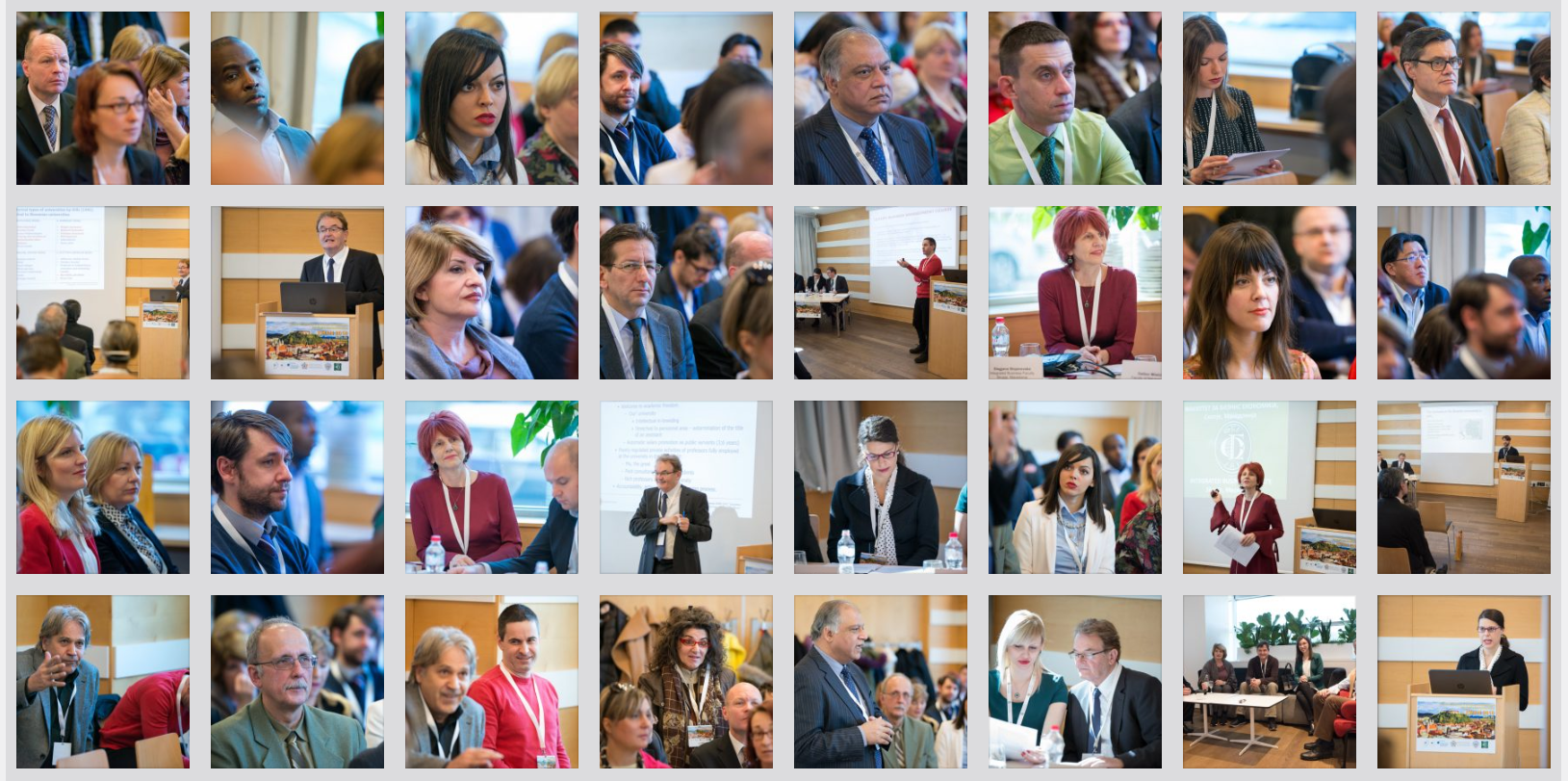Alfred Halilaj -University “Aleksandër Moisiu” of Durrës, Faculty of Education, Durrës, Currila Street, 2001 Durrës, Albania
Keywords:
Informality;
Formality;
Suburban society;
Albania
Abstract: After the 1990s, Albanian society gained a fundamental right: The right to movement. Researchers, public speakers, politicians, and the state itself have at times characterized this newfound freedom as urban degeneration, portraying those who exploit this opportunity as anti-establishment. While the right to free speech has not been questioned in the new democratic framework of Albania, it is scientifically naive to interpret this discourse without considering the social, economic, political, and urban realities. The movement of people has always been a fundamental aspect of human life, and in contemporary terms, society operates largely in a state of continuous “informality.” This paper aims to explore the informal reality of settlement in three dimensions: a) public articulation, b) economic implications, and c) urban conditions. A key focus of this paper is to examine the often-overlooked benefits of this ‘informal’ formality in urban development. The peripheries of Albanian cities should not be viewed as urban ghettos; rather, they represent a dynamic force of human action that has catalyzed significant changes in the economic, political, and social fabric (structure) of urban areas.

Download full paper

8th International Scientific Conference – EMAN 2024 – Economics and Management: How to Cope With Disrupted Times, Rome, Italy, March 21, 2024, CONFERENCE PROCEEDINGS, published by: Association of Economists and Managers of the Balkans, Belgrade, Serbia; ISBN 978-86-80194-83-7, ISSN 2683-4510, DOI: https://doi.org/10.31410/EMAN.2024
Creative Commons Non Commercial CC BY-NC: This article is distributed under the terms of the Creative Commons Attribution-Non-Commercial 4.0 License (https://creativecommons.org/licenses/by-nc/4.0/) which permits non-commercial use, reproduction and distribution of the work without further permission.
REFERENCES
Aliaj, B. (2008). “The Sixth Mystery”, Polis University, Co-Plan, Tirana.
Bardhoshi, N. (2016). “Citizenship and the Legitimacy of Governance”, In *Anthropology in the Mediterranean Region*, edited by Italo Pardo and Giuliana B. Prato, London.
Becker, H. (1963). “Outsiders: Studies in the Sociology of Deviance”, New York: Free Press.
De Soto, H. (2001). “The Mystery of Capital: Why Capitalism Triumphs in the West and Fails Everywhere Else”, Black Swan.
Fuga, A. (2004). “Peripheral Society”, ORA Publications.
Gaspar, J., & Glaeser, E. L. (1998). Information Technology and the Future of Cities. Journal of Urban Economics, 43(1), 136-156. https://doi.org/10.1006/juec.1996.2031
Henderson, J. V., Shalizi, Z., & Venables, A. J. (2001). Geography and development. Journal of Economic Geography, 1(1), 81-105.
Kaprata, G. (2020). “The Urban Dimension of the Albanian Transition: Cities Damaged as a Result of ‘Big Government’ and Not Its Absence”, European Journal of Social Science Education and Research, Volume 7, Issue 3.
Lami, R. (2013). “Unclear Structuring of Reports; Political Party-Ideology”, Tirana: University of Tirana, Faculty of Social Sciences, Department of Sociology, Doctorate Study Program. https://unitir.edu.al/doktorature-roland-lami-fakulteti-i-shkencave-sociale-departamenti-i-sociologjise/
Mulita, R. (2013). “Urban Tirana Between Borders and Integration”, in “Sociological Lens”, Volume III, No. 1 (5).
Savage, M., & Warde, A. (1993). “Urban Sociology, Capitalism and Modernity”. The Macmillan Press Ltd.
World Bank Report. (2007). “Evaluation of the Urban Sector in Albania”, World Bank Working Paper, January 19, 2007. http://siteresources.worldbank.org/INTALBANIA/Resources/Albania_urban_sector_shqip.pdf

